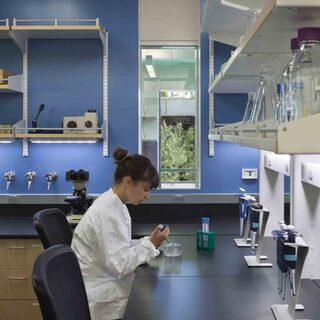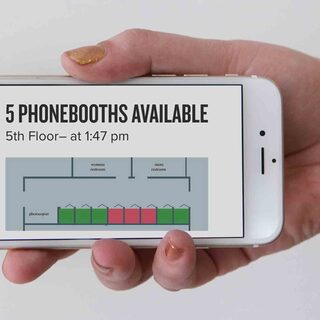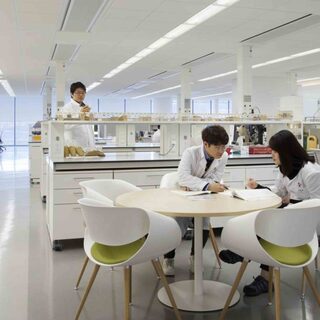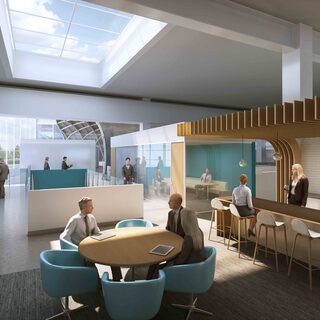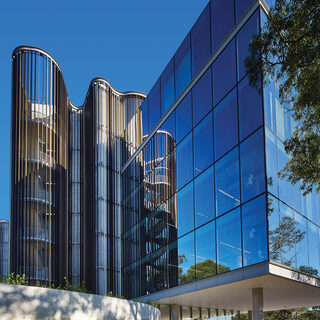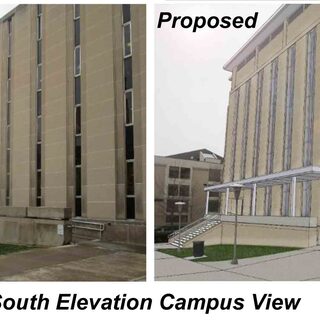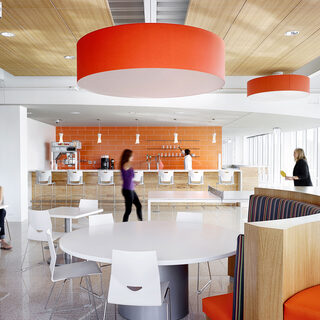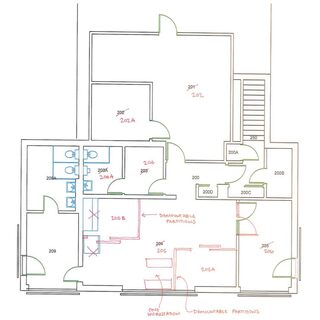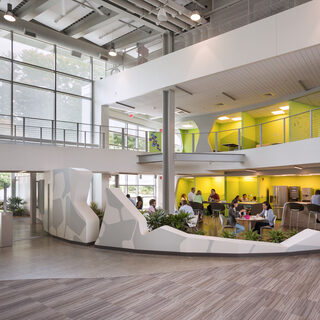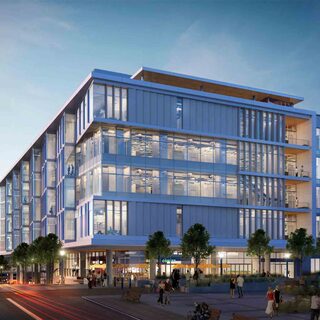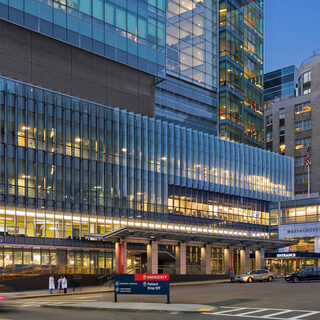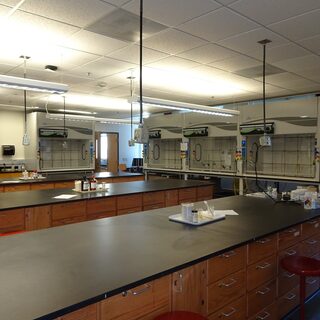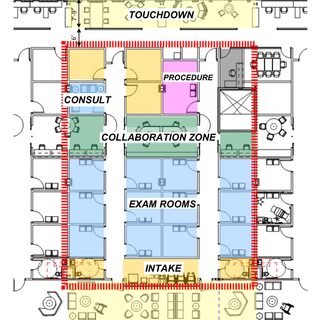Biocontainment Lab Designs for Resource-Limited Regions Bring Consistency, Cost Predictability, Sustainability Benefits
A new approach to the design of diagnostic labs in resource-constrained settings reduces risk and improves outcomes while accelerating the project timeline and lowering costs. The approach is based on the concept of One Prototype, which uses similar design modules as a starting point for each lab facility, whether new construction or renovation, no matter what the scale.
